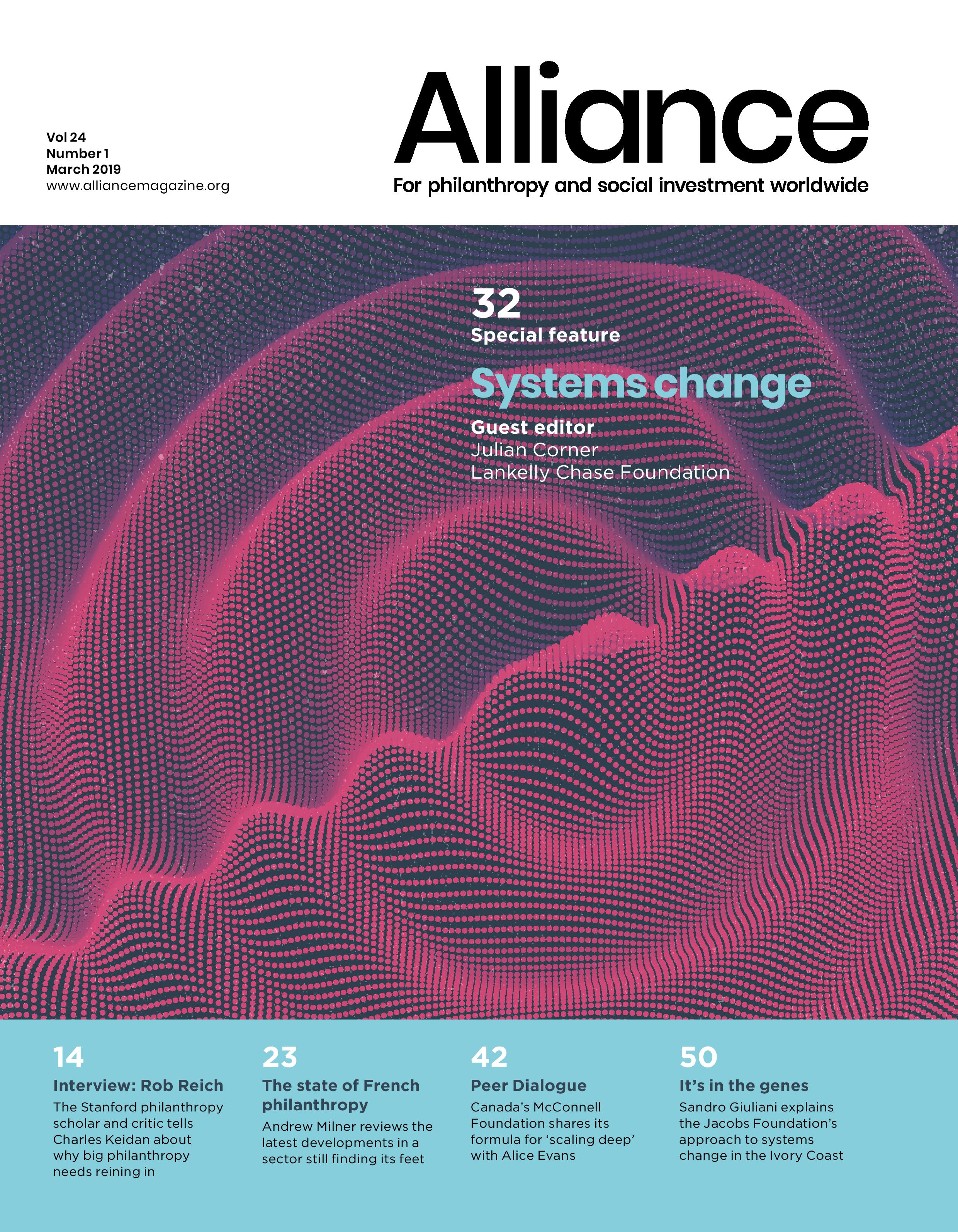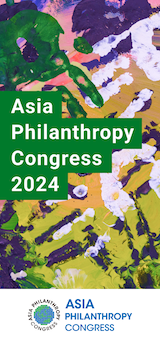I appreciate Alliance focusing on the philanthropy of royal families around the world (December 2018) because in order for philanthropy to be effective and accountable, it does need to be scrutinised. Several articles in the issue ask whether royal philanthropy can genuinely contribute to creating equal opportunities given its dynastic origins. This question is pertinent but the answers lie in a different line of enquiry.
 For the most part, big philanthropy (the kind that involves big money) is a by-product of unequal social and economic systems and inequalities of opportunity that allow the accumulation of wealth by a few. The philanthropy of the royals, the old industrial tycoons, the new corporate leaders, and other wealthy people all fall somewhere on this spectrum. They need to be asked the same questions: Is such philanthropy advancing human dignity? Is it helping to create resilient communities and sustainable solutions to the problems the world faces today? Does the work justify the tax exemptions?
For the most part, big philanthropy (the kind that involves big money) is a by-product of unequal social and economic systems and inequalities of opportunity that allow the accumulation of wealth by a few. The philanthropy of the royals, the old industrial tycoons, the new corporate leaders, and other wealthy people all fall somewhere on this spectrum. They need to be asked the same questions: Is such philanthropy advancing human dignity? Is it helping to create resilient communities and sustainable solutions to the problems the world faces today? Does the work justify the tax exemptions?
Using a separate mirror for philanthropy by the ‘royals’ runs the risk of cutting it some slack, of normalising or accepting the infantilising of ‘subjects’ – re-cast now perhaps as ‘beneficiaries’ – without agency of their own. Accepting the symbolism of ‘royal patronage’ and the benefits as sufficient makes it harder to see and to question what is really at stake –what is unclaimed that allows royal philanthropy to exist in the first place.
Chandrika Sahai
Coordinator,
Philanthropy for Social Justice and Peace (PSJP), India






Comments (0)